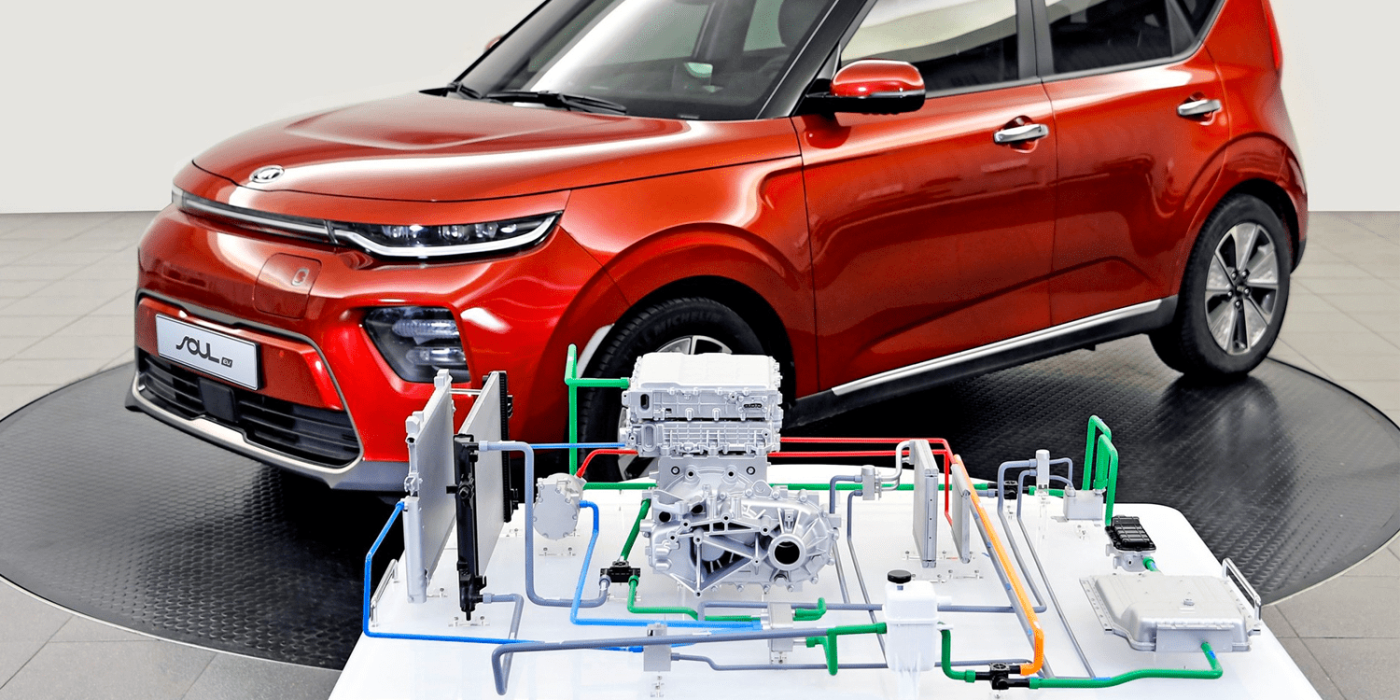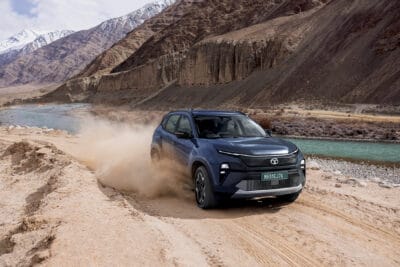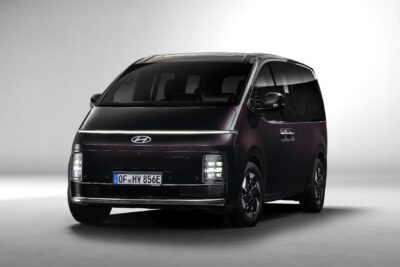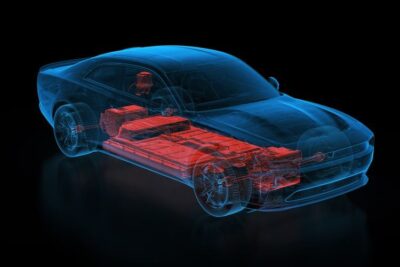Hyundai & Kia working on heat pumps for EV range
In 2014, Hyundai-Kia installed the first heat pump in the Kia Soul EV. Since then, the Korean companies have continued to develop the technology – in a new article, they provide some insights into the development.
The principle of the heat pump is straightforward: Instead of using electricity from the drive battery and a heating element to heat the interior, the system uses the waste heat from other components in the car to supply this thermal energy to the heating system – the heat is virtually recycled. As a result, the actual heater needs to draw less or no electricity from the battery, leaving more electrical energy in the battery to power the car and, in short, increase the range in any climate.
The waste heat is used to evaporate the heat pump coolant. The heat pump’s compressor leads the now gaseous coolant into the condenser, where the coolant becomes liquid again. The thermal energy released in this process is then used to heat the interior.
While the system in 2014 used waste heat from the electric motor, the DC charger and the inverter, for example, the current generation can also use the thermal energy from the battery pack and the AC onboard charger, as Kia writes in a press release. With the additional energy sources, the potential of the heat pump to relieve the heating system or take over its tasks ultimately increases.
To transfer the efficiency of the entire heating system into the everyday life of the customers, the Korean companies refer to a test of the Norwegian Automobile Association NAF. The NAF compared 20 electric cars in hot and cold weather. One of the tests was the deviation of the range in cold weather in relation to the values given by the manufacturer. The Hyundai Kona Electric achieved 405 kilometres in the trial, which is 91 per cent of its WLTP value of 449 kilometres determined at 23 degrees. However, the exact temperatures of the Norwegian test are not mentioned.
Another test by the Korean Ministry of the Environment showed that the Kona and the Kia e-Niro, with the air conditioning activated and temperatures of -7 degrees Celsius, still achieved 90 per cent of the comparative range determined at 26 degrees. The range of the competition, however, had decreased by 18 to 43 per cent. The exact test conditions (test bench or road or the driving profile used) are not mentioned, however.





4 Comments